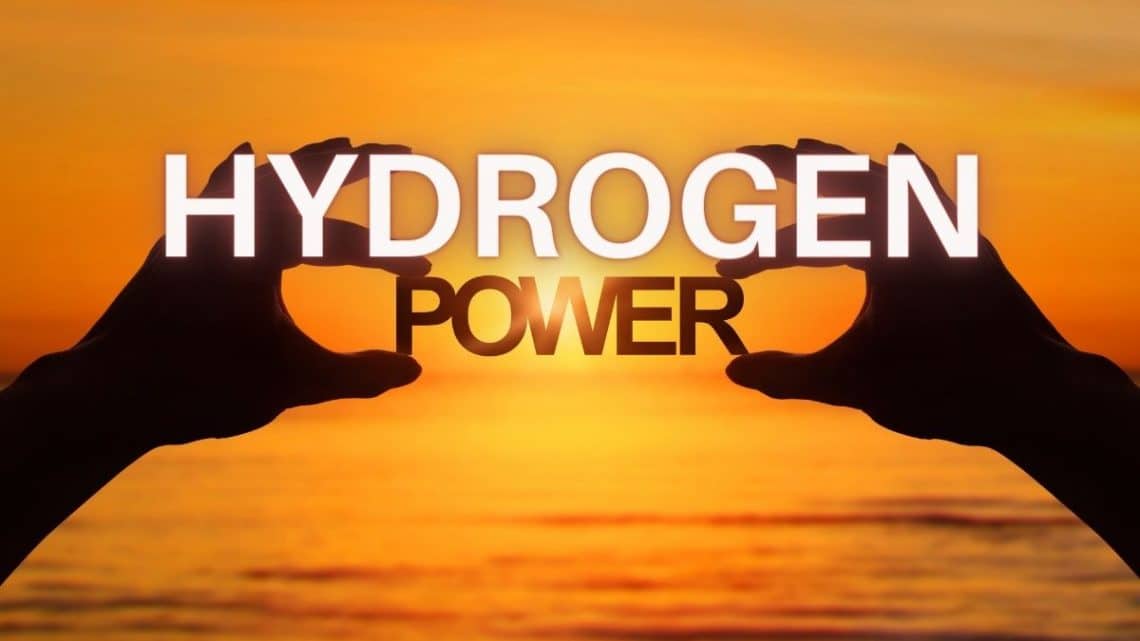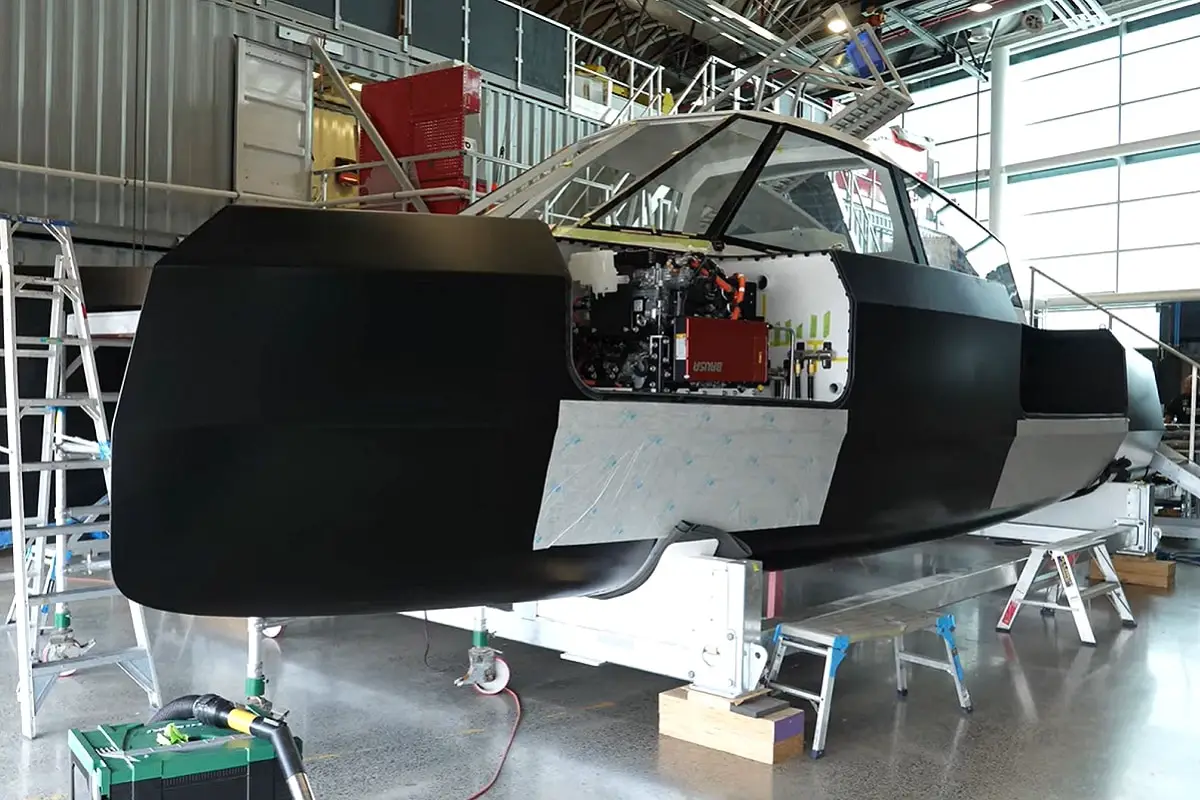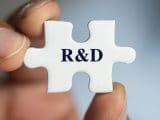
Hydrogen fuel cells to power New Zealand’s America’s Cup catamaran
February 11, 2022The craft’s participation in the massive international event will place an important spotlight on H2.
Emirates Team New Zealand will sail a catamaran powered by hydrogen fuel cells at the America’s Cup.
This will provide sustainable boating with a substantial opportunity to receive global attention.
The sea trials will begin for the catamaran once the hydrogen fuel cells are installed. The America’s Cup recently announced the 2024 event’s official Defender and Challenger. Emirates Team New Zealand (ETNZ), the Defender, has accepted the challenge from the New York Yacht Club’s American Magic.
Aside from the plan designs of the breakthrough foil and the sail, which are certain to be defining at the 2024 event, it will be the propulsion technology using H2 that is expected to stand out.
The team in New Zealand recently announced that its H2-powered catamaran prototype is nearly complete. It will be serving as the AC40 raceboats tender. According to a statement released by ETNZ, the 33-foot foiling catamaran’s construction started last year in August in an Auckland facility. The Defender has teamed up with Toyota to install the H2 fuel cell.
Several companies that have announced intentions for superyachts powered by hydrogen fuel cells.
Among the superyacht companies that are looking at powering vessels with H2 include Lurssen, Sanlorenzo, Feadship and Baglietto. That said, it will be the auxiliary systems powered by the H2 in those cases, not the main engines. Fountaine-Pajo and Hynova are among the French builders that have announced their own H2-powered boat models, though they are considerably smaller. Those vessels won’t get anywhere near the America’s Cup tender speeds.

The ETNZ boat is designed to reach almost 60 miles per hour. It will weigh around 11,000 pounds and will boast a cruising speed between 37 and 40 miles per hour. The fuel cell will be used to power a 400V DC electric engine and will generate a peak power of about 440kW.
According to their head of design, Dan Bernasconi, incorporating the hydrogen fuel cells offered a “completely new challenge” for the team. “These types of projects are extremely beneficial to keep the guys pushing the boundaries, continually learning and approaching problems with different perspectives,” said Bernasconi.



 With over 15 years of reporting hydrogen news, we are your premier source for the latest updates and insights in hydrogen and renewable energy.
With over 15 years of reporting hydrogen news, we are your premier source for the latest updates and insights in hydrogen and renewable energy.